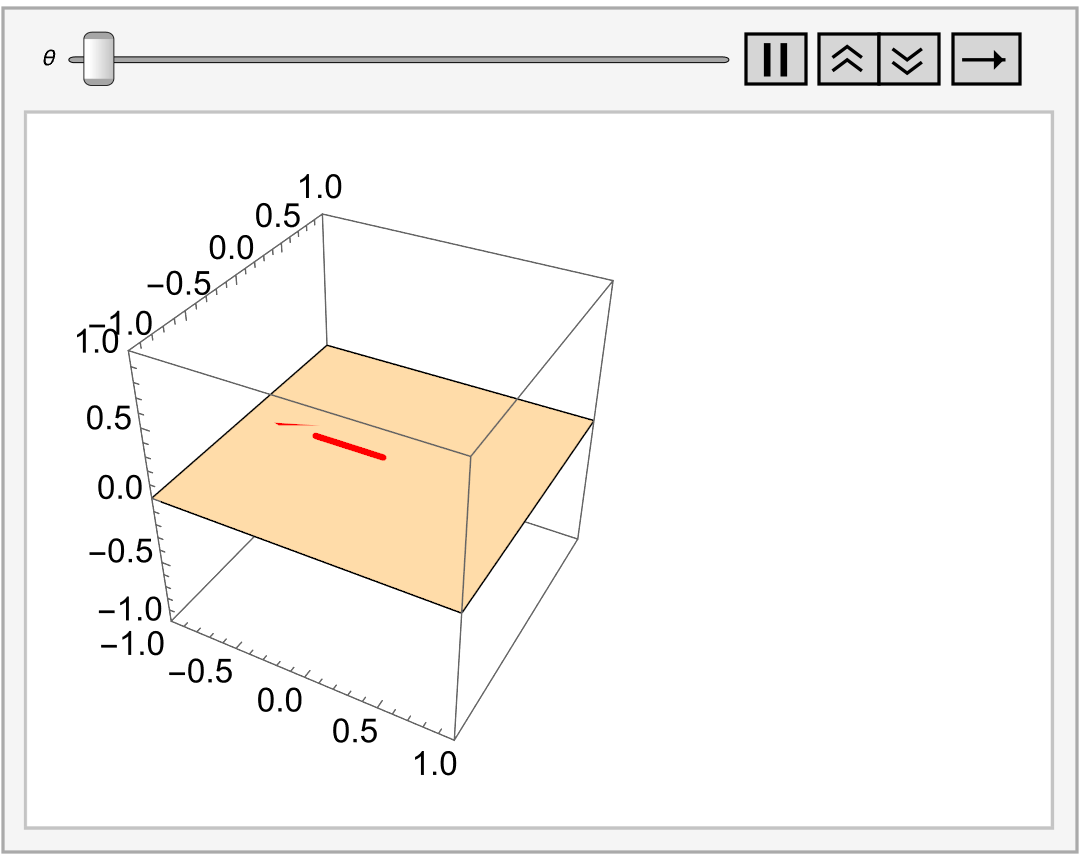\[
\int_a^b f(x)\,{\text d}x \qquad \mbox{and} \qquad \int_{D} f(x,y)\, {\text d} A,
\]
over an interval or two-dimensional domain D always contain misterious "d" whiout which is impossible to make change of variables in integrals. Correspondingly, this section is devoted to explanations of integrations of multidimensional integrals from one point of view---differential forms.
In other words, this section is about multivariablke calculus based on modern approach that was pioneered by Élie Cartan (1869--1951), which relies on the definition of differential forms. This approach is a little more abstract, but is much more unified and elegant. It brings together all the concepts of vector calculus in a unified formalism, from which all the identities and formulae come out naturally. It also does not rely on the geometry of ℝ³, and is naturally generalized to ℝn (even though we will focus on ℝ³ in this course).
Differential forms
In this section we study differential one-forms (or more simply one-forms) and two-forms, which will become the objects that can be integrated along curves and surfaces. This will naturally leads to k-forms and generalized Stokes' theorem:
\[
\int_M {\text d}\omega = \int_{\partial M} \omega ,
\]
where M is a k-dimensional oriented
manifold, ∂M is its boundary (which is a (k − 1)-dimensional manifold) with the induced
orientation, and ω is a (k − 1)-form on M ⊂ ℝn (k ≤ n − 1). In particular, we have:
- In ω is a zero-form (a function) on U ⊆
A differential one-form (or simply one-form) on an open
interval (or union of open intervals) U ⊆ ℝ is an expression of the form
The counterpart to one-forms in traditional vector calculus is vector fields
\[
\omega = f(x)\,{\text d}x ,
\]
with f : U ⇾ ℝ a function with continuous derivatives (we say that the function f is “smooth”,
or ℭ∞, on U).
A one-form on an open subset U ⊆ ℝ² is an expression of the form
\[
\omega = f(x, y)\,{\text d}x + g(x, y) \,{\text d}y ,
\]
with f, g : U ⇾ ℝ² a function with continuous partial derivatives (we say that the function f is “smooth”,
or ℭ∞, on U).
A one-form on an open subset U ⊆ ℝ³ is an expression of the form
\[
\omega = f(x, y, z)\,{\text d}x + g(x, y, z) \,{\text d}y + h (x, y, z) \,{\text d}z ,
\]
for smooth functions f, g, h : U ⇾ ℝ³ with continuous partial derivatives (again, we say that they are
smooth, or ℭ∞, on U).
